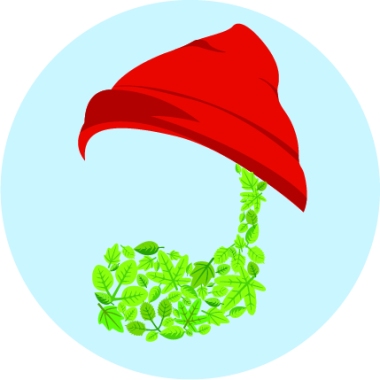We are now 21 days into our stay in Nepal and felt like this would be the perfect time for a project update. We have been in Birendranagar and working at the new land and school for two weeks now, and things are moving (if slowly).
Jenessa and Robert will be getting ready to leave by the time this update is posted, and we want to wish them the best of luck and safe travels getting home. Robert will be heading back to South Korea to start his new teaching job, and Jenessa will be going home to Canada after three years of teaching and traveling.
More updates will follow this one, and Carla is working on a detailed overview of the project, and a comprehensive guide on how we are building it, including prices, measurements, and difficulties.
Greenhouse
Most of the productive work we have been able to do is centred on the external greenhouse structure which will house the main aquaponics system. We spent a week clearing the land of weeds, digging the holes for the fish tank, sump tank, and structural foundations, and preparing for the welder.
We had initially decided that bamboo would be a sustainable and environmentally friendly building material, but after conversations with Jamie (one of the BlinkNow Sustainability Fellows, and the person we are working most closely with) and the Uncles (a group of wonderful Nepali man who live and work in the Kopila Valley Childrens’ Home), we settled on metal poles. This would mean greater structural stability, easier repairs, and would mean that we could comfortably increase the size of the greenhouse if needed.
As you read this the structure should have been completed. We are currently suffering because of our timing, with post-earthquake relief, the civilian unrest, and the holiday season in Nepal all contributing to slow us down. The entire month of October is a religious holiday in Nepal, and the difficulty in getting things done during this time means that we are desperate to finish the majority of things as soon as possible.
We have also purchased UV tarp for the roof of the structure (sloped to prevent water collection) and blue tarp for the floor, which will be drained and covered in gravel. The side panels will be covered by a mixture of UV tarp, to maximise sunlight in the winter months; and green mesh, to allow air flow for cooling during the intense summer months.
Environment
The unique regional environment of Surkhet has factored heavily in our planning and has presented us with some unique difficulties. Our original fears that the winter would be too cold had been dispelled, as a trip to the local government office revealed that a drop to 3 degrees Celsius (37 Fahrenheit) is rare, and in fact it is the oppressive summer heat which will pose the biggest problems. Temperatures during April, May, and June can exceed 35 degrees Celsius (95 Fahrenheit), which is above the maximum survival temperature for the local fish.
Our visit to a local fish farm had revealed that indeed the biggest problem facing fish farmers in the region is high summer temperatures, which can often lead to huge losses. Our response to this was to submerge the sump tank completely below ground, and pump the water from the sump tank directly to the fish tank. This will both cool the water leading to the fish tank in summer, and heat it in winter. The fish tank will also be partially buried in an Earth mound for similar reasons.
Our design now features vertical towers for leafy greens, grow-beds for fruiting plants (mostly tomatoes), and now separate barrel systems which will be used to grow potatoes and produce compost.
Careful planning has allowed us to create a schedule which involves growing leafy greens, potatoes, and fruit all year round. Due to sustainability concerns surrounding importing fish, we have decided that grass carp, common carp, and possibly catfish (all of which can be purchased locally and even caught in the Bheri River nearby) are the most suitable fish for the system.
Problems
We are still having difficulties in sourcing several essential items. Our biggest problems so far are (surprisingly) finding water pumps, sourcing net pots, and finding suitable media. The size of our system, and the fact that aquaponics is still widely unknown in Nepal, has meant that we have so far been unable to find appropriate pumps in Surkhet. We are currently pursuing several available options both in Nepal and internationally, however the Earthquake damage on the border with China, the violence on the border with India, and Nepal’s poor trade links mean that having material delivered is often very difficult.
We are being helped by some very generous individuals, and are confident that we will find a way to overcome these roadblocks by the time of our next update.
Namaste.
